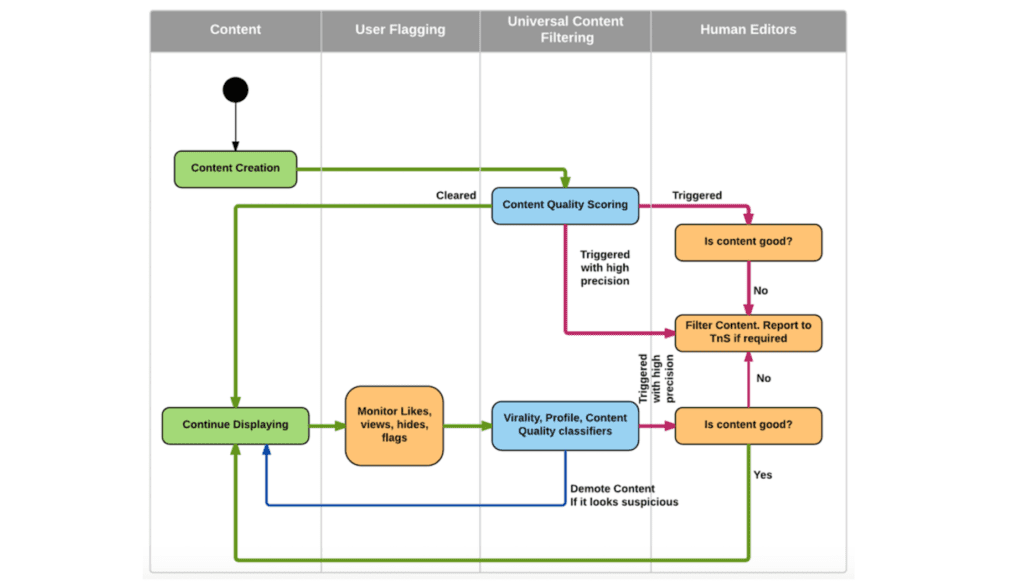It used to be that you only add the contacts that perhaps can offer you something in terms of employment or people you have worked but I strongly advise my clients against that practice nowadays. LinkedIn is all about networking and one of its most powerful tools is the connections one is able to make with other professionals of a variety of industries as well as the relationship he maintains and builds with them through his posts, articles and other interaction.
So one might argue, “ok then, I might as well add as many contacts as possible to maximise the views of my posts or content in general. The more the contacts I have, the more the likelihood of my articles being seen by a greater audience. Well, it is not exactly that simple. Having spent quite a significant time studying and analysing some of the documentation put out by the LinkedIn Engineering team, I am going to attempt to simplify the latest insights and ideas that I’ve learned.

LinkedIn has officially implemented a 4-Step process for content distribution across its platform as a way to minimise inappropriate content and spam posts. It is hence paramount for your strategy to be successful, to get a clear understanding of the steps that LinkedIn takes before amplifying, or reducing, your content’s reach.
The first step of the process occurs the minute you publish the content (may it be a post or article) on your account, Director of Engineering, Rushi Bhatt explained in a blog post describing the strategies used to keep the newsfeed relevant:
“Our online and nearline classifiers label every image, text, or long form post as “spam,” “low-quality,” or “clear” in near real time.”
Once the content goes through this initial filtering, it is then shown to a small sample of your contacts to ascertain its quality by the number of likes, views, engagement, etc. At that point, the content is then scored from a quality perspective before being passed along to human editors who determine whether or not the content should continue to be displayed or be demoted. So effectively, your content or posts are initially shown only to a small amount of your connections as a test and if those people engage, it’s then passed along to editors (LinkedIn editors) to determine whether it should continue to be displaying to its millions of users.
I managed to extract the below from the LinkedIn engineering blog which displays the process by which your posts are accordingly rated and shared to your contacts.

Conclusively, the 4-Step process that determines your content’s worth to users is as follows:
- Content is classified as Image/Text/Video/Long Form/Link
- Depending on the classification, content is then distributed to a sample of the users’ connections
- Once placed in front of these people, different actions have different weights to determine whether the post should be either (1) demoted because it’s low quality or (2) shown to more people because it’s high quality
- Editors then review the content to see if it’s worth distributing beyond that users’ network
Now you are aware of how your posts and articles get ranked on LinkedIn, try to make sure your posts are of high quality and will attract that initial attention required.
If you have any thoughts or additional tips, join in the conversation in the comments section, subscribe to our blog for free, or simply click here to arrange a FREE Consultancy meeting, send me an email at [email protected] or Follow me below on Facebook, Twitter, LinkedIn and Instagram


0 Comments
Leave A Comment